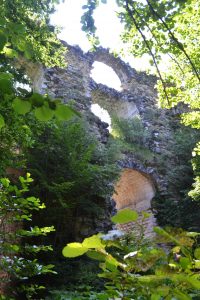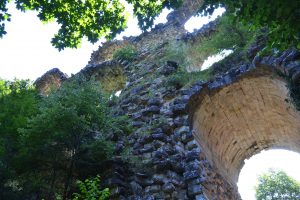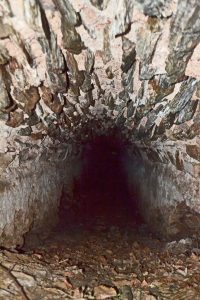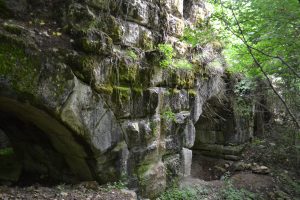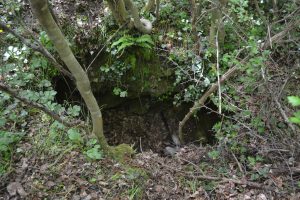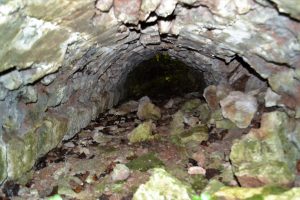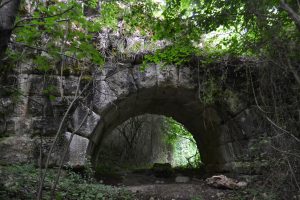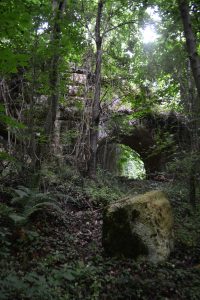In Roman times, Constantinople needed water. It was a rapidly growing city and its dry summers endangered the water-centred Roman way of life. Hadrian built a system of aqueducts early in the 2nd century that took water from Belgrade Forest. Constantine’s massive developments in the 4th century required huge quantities of water at a higher level than Hadrian’s supply. Several emperors including Valens had a new supply line built to take water from the mountain springs of mid-Thrace. This was complete by around 373AD and brought water over 100km from the hinterland.
There was still not enough water and the mountains were full of springs from which pure water gushed out and flowed to the sea. By the early 400s, the aqueduct had been extended more than 275km, beyond Vize. This is a massive engineering feat in which the tolerances were so fine that in each kilometre of distance, the level of the water fell only 0.7m.
1600 years later, the aqueduct is still there. Most of the more spectacular bridges are in a mountainous area frequented only by hunters, charcoal burners and herders. The forest is a particularly dense and spiky combination of vegetation which discourages exploration. This means that we have a relatively untouched linear archaeological site of unsurpassed quality and length. There are at least 50 bridges (probably over 100 – I keep finding ones that aren’t in the literature) and much of the tunnel arrangement that carried the water remains intact.
I have a good deal of available time in Istanbul and I use much of it in searching out the bits that people haven’t seen for a few hundred years. They are hard to find. One of the more elusive sections is on Karamanoğlu Tepe, a spur to the north-west of the village of Aydınlar. I had seen pictures of a nice-looking 5-arch structure and there were rumours of a tunnel that ran for 500m east of this bridge.
It took me two full days to find any sign of the tunnel. These were in pre-GPS days and I spent most of my time being more-or-less lost. Eventually, I found a hole that looked as if it might be part of the collapsed roof of the tunnel. The hole looked quite shallow. I was fairly tired by then and this may be why I didn’t check the floor level before I took my pack off and jumped in. What looked like solid ground was a thick, soft layer of dead leaves. I sank beneath the surface.
When I managed to stand up, the hole was an unreachable distance above me. The channel itself was over 2m high and this section was fairly deep underground. On the bright side, this was definitely the aqueduct so I had achieved my quest. However, my torch and ropes were in my pack, safely above ground. I tried grabbing for handholds on the open roof but could not reach the top.
The only thing to do was to go along the tunnel. There was no daylight visible in either direction but I chose one and groped along the well-defined wall. There was absolute silence. Nobody had been this way for years. Calling for help would be useless. The occasional bat thrummed past my ears. After a while, the level of the tunnel started to rise. My head hit rough stonework. My eyes must have become accustomed to the dark because I could see a light patch above me, where it had previously looked dark. I reached up and struck spiky branches. There was a hole in the roof and I was close enough to reach through it.
15 minutes later, I had bleeding hands and a hole through the roof and the thorn bushes big enough to climb out of. I hauled myself out and thrashed through the bushes to some clear ground. I wondered how I was going to find my pack. It felt as if I had gone hundreds of metres underground. But there it was, a red bag less than 20m away. I went back and looked at the hole. I should have tied a rope to those trees and dangled it into the hole. That would have saved me the needless drama.
Categories: Uncategorized | No Comments »
